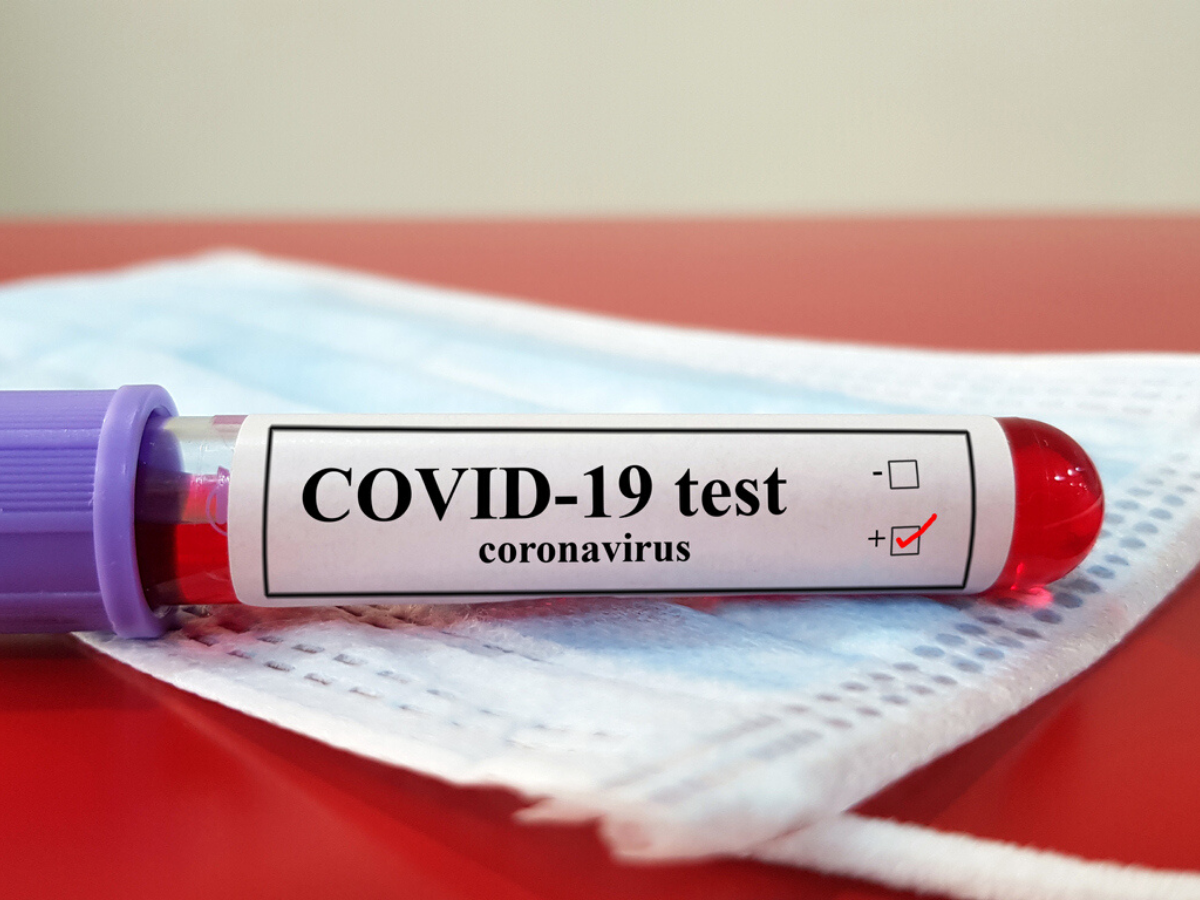What Does A Negative COVID Test Mean?

How well COVID-19 tests work in people who feel healthy is still unknown. The test may overlook the small but growing amounts of virus in someone who has not yet developed symptoms, who could still go on to spread COVID-19 without knowing it. A negative test result does not rule out infection.
Understanding false negatives from COVID-19 tests is especially important because people who do not yet know that they’re sick play a major role in the spread of COVID-19.
It’s still unclear how good COVID-19 tests are at finding these presymptomatic cases, but the timing of the test matters. As soon as the coronavirus finds its way into a new host, it hijacks cells to copy itself. The amount of virus builds over this time, peaking at or right before symptom onset, which can take two to 14 days but usually takes an average of five or six. Accordingly, public-health authorities have advised getting tested about four days after exposure.
This is a reasonable recommendation, given the knowns, but surprisingly little data exists on how early COVID-19 tests can detect infection before symptom onset. For individuals, however, the FDA cautions that negative results do not rule out infection. “Negative results must be considered in the context of an individual’s recent exposures, history, presence of clinical signs and symptoms consistent with COVID-19.” Consider again the decision to visit elderly relatives after a negative test. “If you have symptoms or you work in a place where you’re at high risk for exposure, then even with a negative test, you might want to think really hard about it,” says Steven Woloshin, a co-director of the Center for Medicine and Media at the Dartmouth Institute.